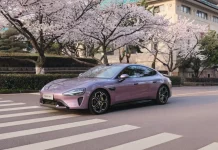The Xiaomi Redmi Note 5 was not the first Xiaomi phone with a vertical layout and a dual camera, including the Redmi phone, but the Redmi Pro.
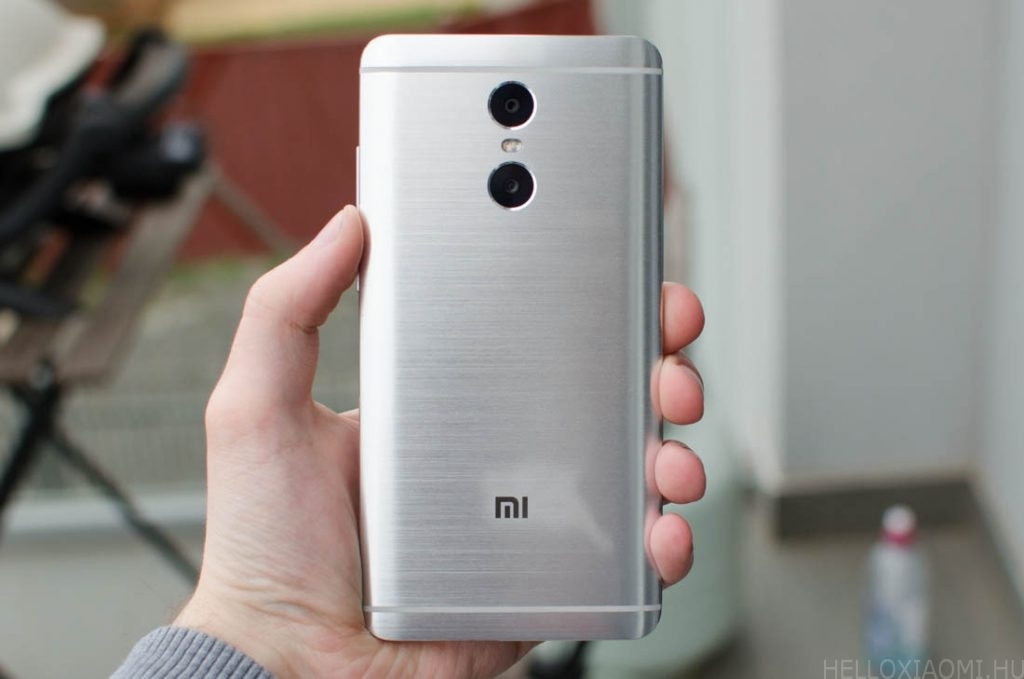
We've managed to become closer friends with the Chinese version of the Redmi Note 5, and we thank the Xiaomi Shop-for making it available to us.
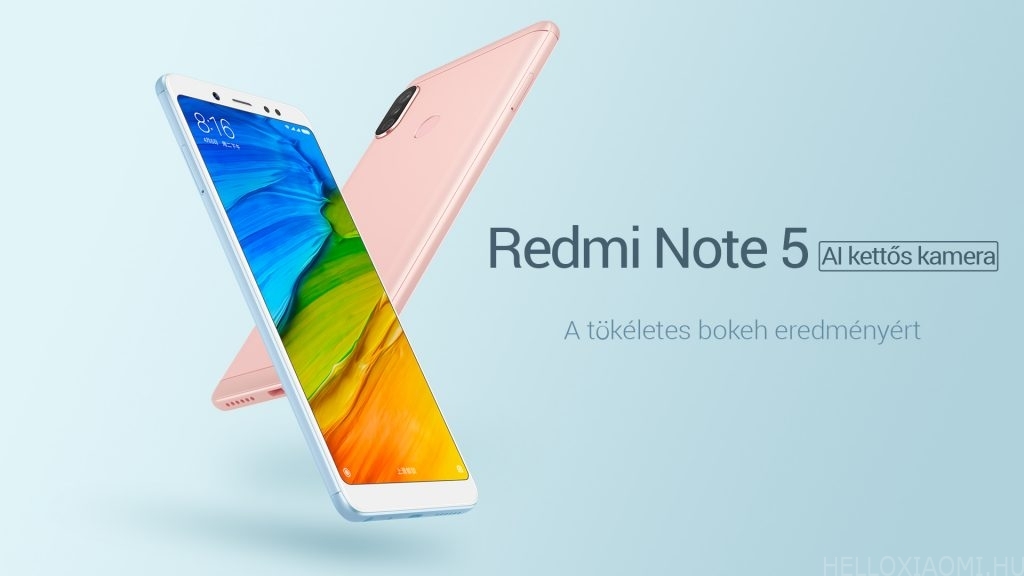
What you should know is that there are two Redmi Note 5s in terms of camera:
1. Redmi Note 5 Pro (India)
Rear dual camera: 12 MP (f/2.2, 1.25µm) + 5 MP (f/2.0, 1.12µm), dual-tone LED flash, phase detection autofocus
Front camera: 20 MP (f/2.2, 1µm), LED flash
2. Redmi Note 5 (Chinese)
Rear dual camera: 12 MP (f/1.9, 1.4µm) + 5 MP (f/2.0, 1.25µm), dual-tone LED flash, phase detection autofocus
Front camera: 13 MP (f/2.0, 1.12µm), LED flash
So the main module of the Indian rear dual camera lets in less light, but thanks to the smaller pixel size, it takes a better picture in good light, while the Chinese main camera takes a less noisy picture in low light. The auxiliary module, which is responsible for depth detection, on the other hand, produces a more detailed quality in the Indian version, so phase shifting is more accurate when taking portrait pictures. Unfortunately we don't have any concrete examples of this, unfortunately we only had the Chinese version, but there are many comparisons on the web and fortunately in most of these tests the Chinese one proved to be better.
There is also a big difference in the front-facing camera, although the resolution is significantly better in India, but the aperture is still higher than in the Chinese version. The pixel size differs by 0.12µm, so it won't make too much difference. Here again, the lighting conditions will determine the noise level, selfies taken with the Chinese will be clearer.
But beyond the sheer numbers, the biggest difference is in the software, as the Chinese camera has been enhanced with artificial intelligence, which greatly affects the nature and quality of the automatically captured image. Simple camera software works with pre-built algorithms, while AI can recognise the content of the image and adjust brightness, ISO, white balance, focus, shutter speed, not just focusing on the centre of the image, but taking the whole picture into account. Think of the software as a semi-professional photographer who, at the press of the shutter button on your phone, quickly adjusts everything to optimum. For those who don't want to fiddle with the above settings, your photos will still look fantastic compared to their competitors. But let's see what this means in real life.
In ideal, sunny weather, almost all Xiaomi phones take fantastic pictures, so I'll skip this one. So it's late afternoon, the sun is setting, and that's when the simple camera images start to get noisy and pixelated. In the images above, I tried to shoot the images in a composition that has both shadows and sunlight. The images look great when viewed full screen, but when enlarged, you can notice processing issues around the edges of the image. There are no problems with the centre and brighter parts of the images.
In the first picture, the bus is not captured in the same quality, as you move towards the edge of the picture, it gets noisier.
Close-up images, without any bias, are of sumptuous quality, true for those who have Mi series, it's not news and of course not for those who know a little about photography and can get such quality out of a weaker Redmi phone. But it's a smoothly rendered automatic image with a great bokeh effect. Zoomed out, there's no loss of detail either, the tiny little threads on the edges of the petals are perfectly visible even at around 300x magnification.
In sunlight, you could say it wasn't the best, it didn't compensate for bright light and didn't light up the dark areas. But it could be that this was done on purpose, an artistic composition. :) In auto mode, if the light source is not centered, it won't compensate unless you poke the light source.


For small, moving objects, in this case a fountain, capturing water droplets without blurring is also a big challenge. The Redmi Note 5 does a great job of this too, although it doesn't capture every drop of water, it's still amazing.
Of course, the quality of the detail you can see at magnification is still valid here, even though it's moving quite fast.
It's getting darker, but my hairstyle still holds. Nothing to complain about even now, for this price you don't really get a phone with such a good imaging module. Of course, the HDR option was already active on all the pictures, as this is the best way to compensate for the highlights.
The sun has gone down, dusk is here, image quality should be getting worse, but here the AI-enhanced camera still performs brilliantly.
As if there were no twilight, here the software fix is already in full effect.
The sun had set, although you can't tell from the pictures, and it was already completely dark here. A good setting, a good moment. Very good pictures are taken when there are several light sources in the field of view, very nice to reproduce what is seen in reality, with the human eye.
But the quality... zoomed out, you can clearly see that the image is collapsing.
With too much light, it behaves in the same way as in sunlight. The AI can't really adjust every detail of the image so that the highlights don't burn in and the darker parts are brighter. Maybe the SoC isn't capable of such fast processing, we'll see with the Mix 2S.
Compare auto mode and flash. A distant object is brought to life in the reflected light when using flash, but the colour rendition of the surroundings is greatly reduced, while in the first image on the left the tree canopy in the lamplight is a more realistic green than in the flash shot. The AI probably thought that it was the reflected light from the flash that mattered, not the surroundings. Like the subject of the photo in portrait mode. On the other hand, the illuminated parts have the colours, it seems to process the reflected rays of closer lights better and can only reproduce realistic colours from there.
However, when there's only one light source at night, it produces a pretty depressing quality for a Xiaomi Mi5s phone. I guess everyone can guess which is which...
Luckily my friend Mitu was willing to stand in front of the camera for a few pictures. A series of setups in warm white light in a room at night:
- Automatic in HDR mode
- Automatic in normal mode
- Auto HDR mode with flash
- Automatic in normal mode with flash
- Auto HDR mode with flash in darkness
- Automatic in normal mode, in the dark
Same with the selfie camera. In the second picture my soul was trying to take a picture of Mitu in protré mode. :)
Talking of portrait mode.
Walking around the streets of Győr, no one really wanted to pose for an article, but luckily there was Gábor Baross, who didn't resist the invitation. To take a portrait, you need to be at least 2.5 metres away from the subject (in this case a statue), the subject of the picture, so that the edges are distanced from the background. With a bit of practice this can be mastered, as you can see in the picture above, not completely mastered.

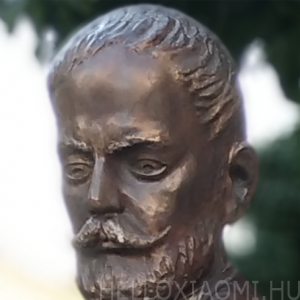
Zoomed in, you can see that the edges are not the best recognised, although they are still better than on the regular single-camera phones that try to mimic this in software. Looking at the pictures as a whole, there's nothing to complain about, especially if you just click on Facebook.
There's nothing to complain about in terms of video recording either, the picture quality is superb and the microphone noise cancelling is not as bad as on other models (e.g. Mix 2S). If you look closely at the cars in the background and focus only on them, you can find some micro lag in their movement. This is a tripod shot.
Holding it in your hand, this little lag is even more visible, hopefully it's just a software problem and an update will solve the initial problems. By the time this article goes out, there should be a fix...
Unfortunately, due to technical problems, I was unable to record at night, so I borrowed someone else's footage to demonstrate. You can see here that it sometimes gets stuck, but at night in the dark it's not such a crime. However, apart from the blurring when moving, it's quite sensitive to light and takes detailed shots, colours are fine.
In summary, the camera on the Redmi Note 5 is very well done compared to the previous Redmi series. Of course, the dual camera and artificial intelligence make a big difference, but these were not present in the predecessors. The real comparison would then be with the Mi 6X, Redmi S2 or the Indian version of the Redmi Note 5, as they have almost the same camera pair. Although that Indian version won't really be imported into the country, as it's only the Chinese-made B20 version that's most sought after here at home. We'll have a test of the Redmi S2 coming soon, then we'll have a proper comparison.



















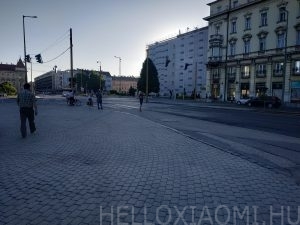
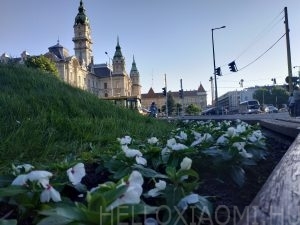




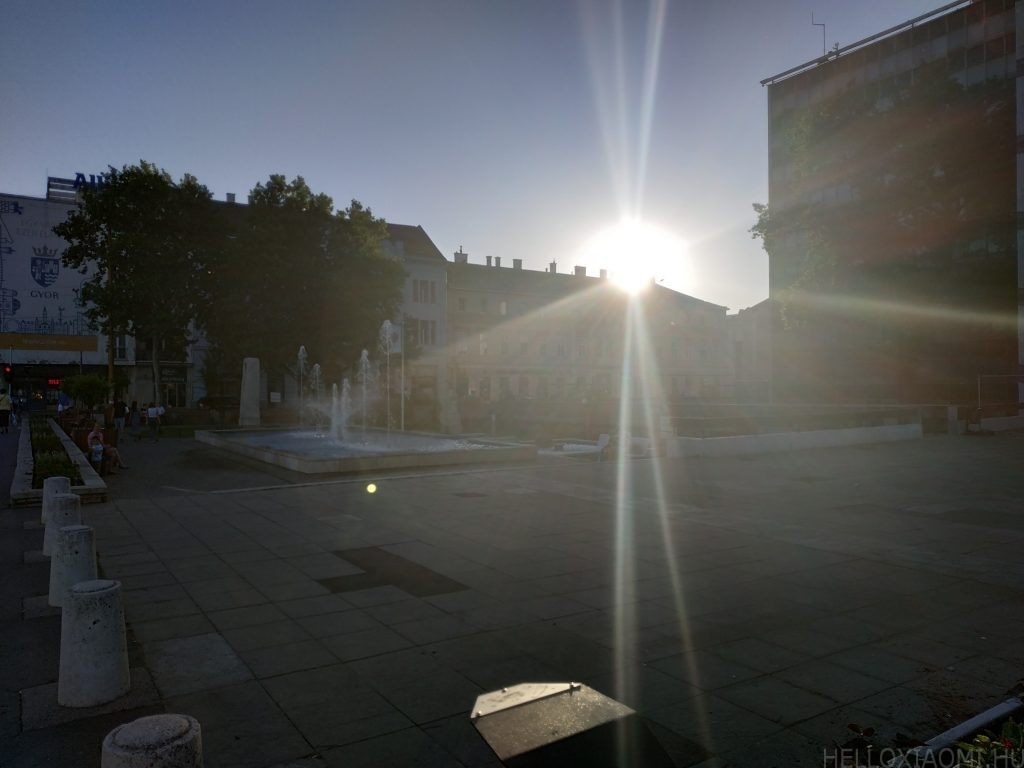




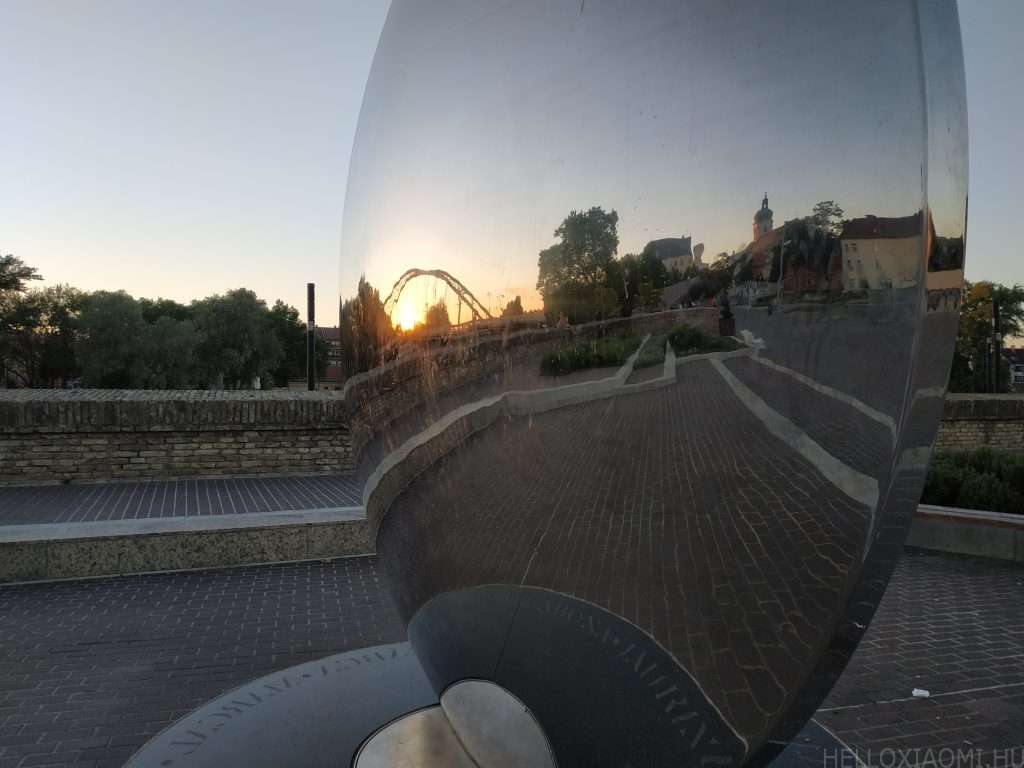


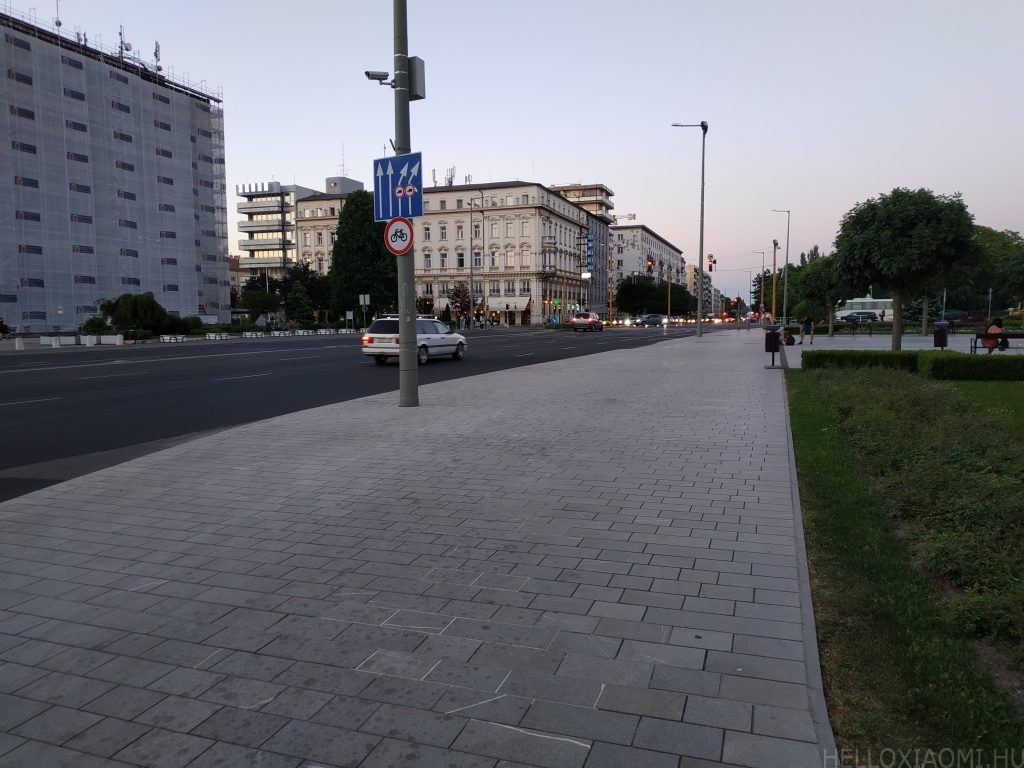




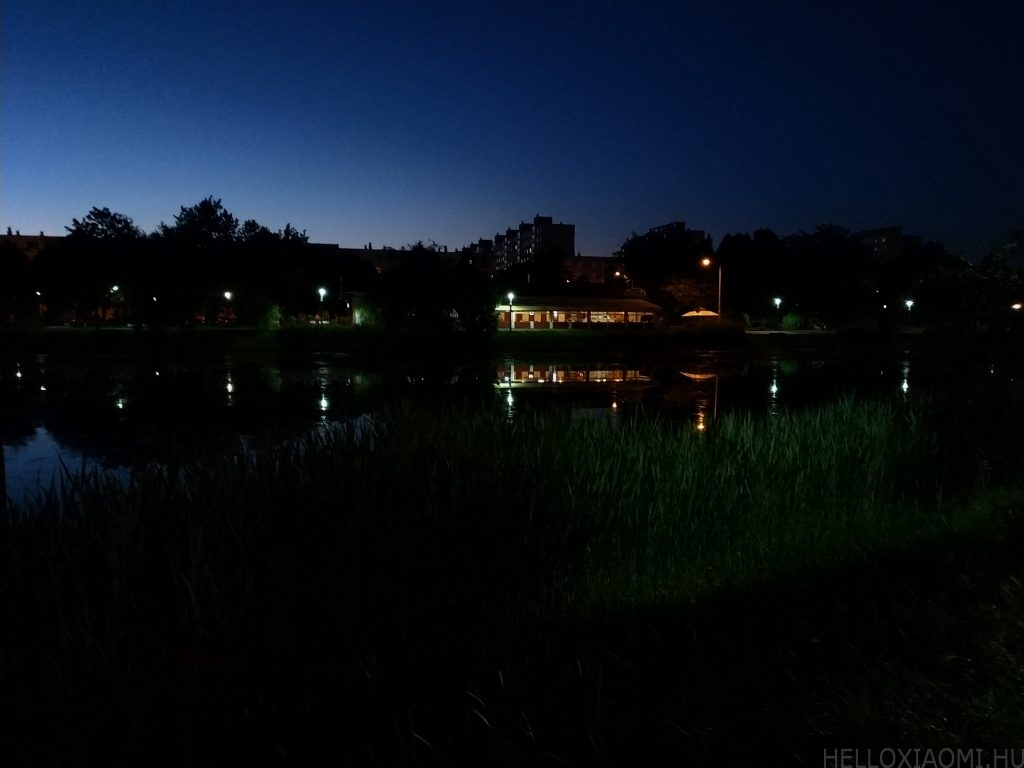
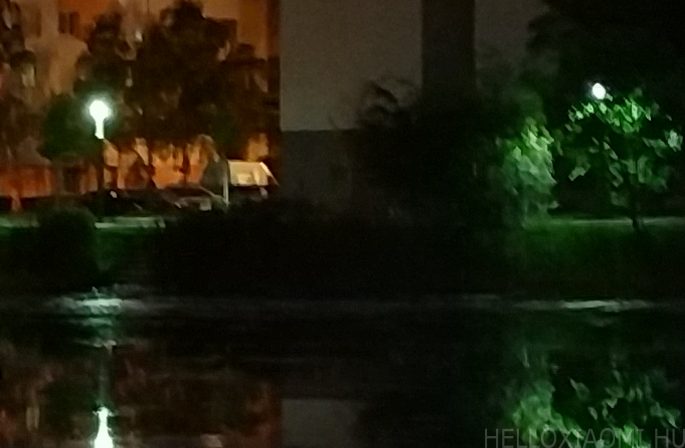
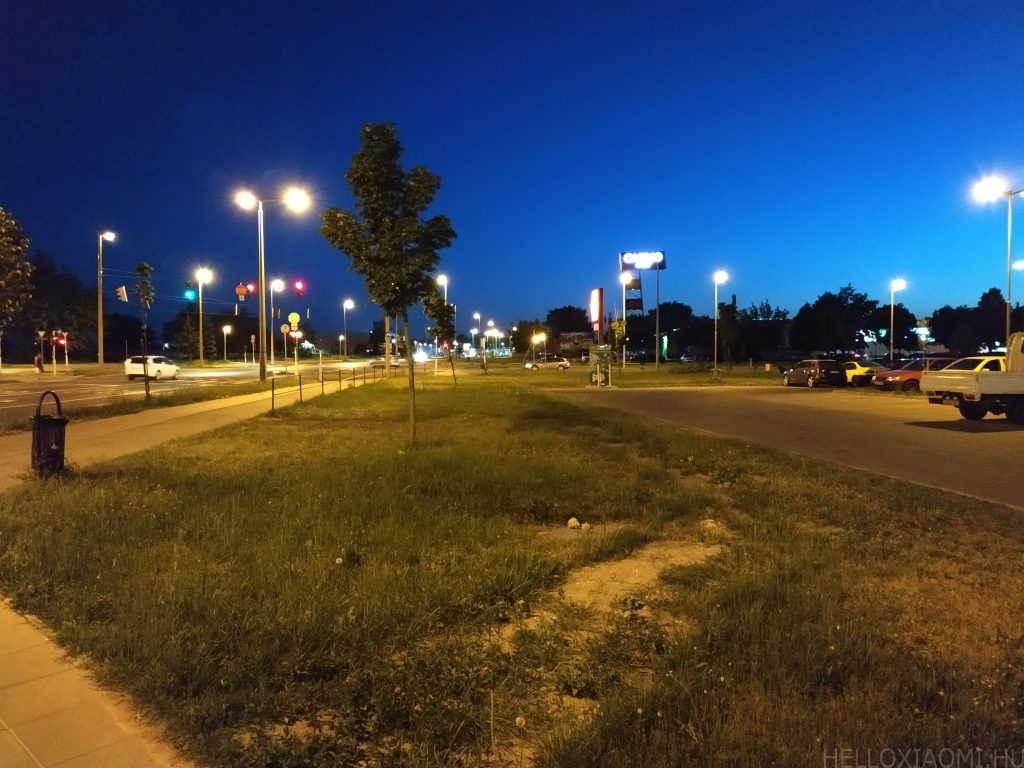




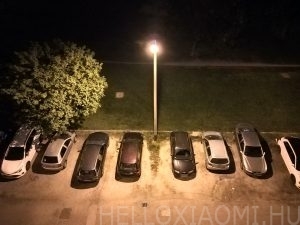
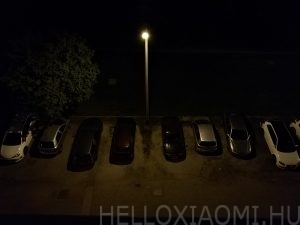










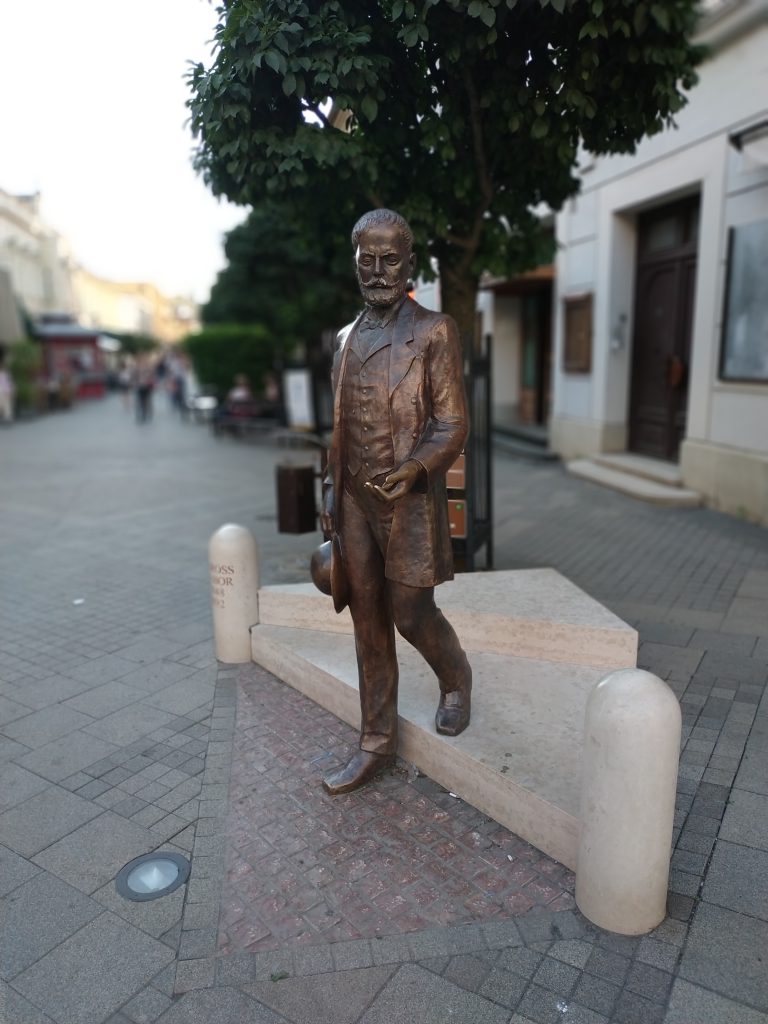
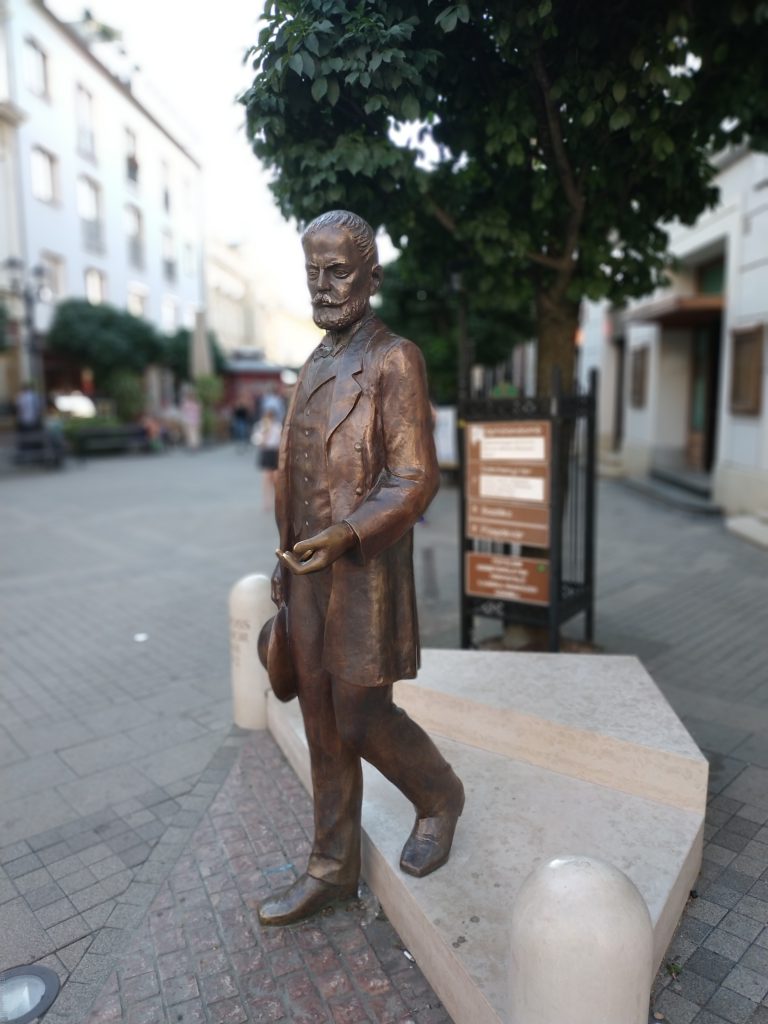

![[148] HyperOS heti hibajelentés](https://helloxiaomi.hu/wp-content/uploads/2024/04/hyperosbugreport148-218x150.webp)


